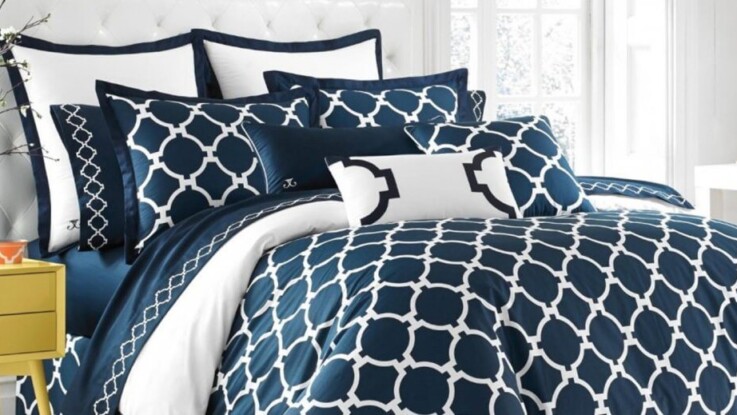
The Global Home Textile Market Size is to Grow from USD 121.8 Billion in 2023 to USD 216.3 Billion by 2033, at a Compound Annual Growth Rate (CAGR) of 5.9% during the projected period.
Home textiles are defined as a subset of textiles used for furnishings in homes. Interior textiles and apparel are included. Occasionally, they are used for aesthetic rather than functional reasons. Textiles for the home can be made from natural or synthetic materials. However, superior home textile products are more important. Furthermore, the producers of these goods have been experimenting with new tactics, looks, materials, patterns, and applications regularly to impact a large audience. The expansion of the real estate industry and growing living standards have led to an increase in spending on interior design and home décor, which will be a major driver of future growth in the global home textile market. The market will most certainly expand as a result of the rising demand for bed linens and spreads. Bed linens comprise blankets, coverings, duvets, cushions, and bedspreads, among other items. Towels, bath mats, and robes are a few types of bath linen. Due to the rise of end-use industries including housing and hospitality as well as urban consumers’ growing fashion consciousness about home furnishings, the demand for bed linens and bedspreads is rising and driving the growth of the worldwide home textile market. However, there are a variety of home textiles accessible; however, increased brand competition may diminish consumer demand. Even Nevertheless, home textiles are now regarded as luxury items, and not every buyer can afford them. The constant variations in raw material costs have an impact on the final cost of the product.
The bedroom linen segment is anticipated to hold the greatest share of the global home textile market during the projected timeframe.
Based on the product, the global home textile market is divided into bedroom linen, bathroom linen, carpets and floor coverings, kitchen linen, curtains, and drapes. Among these, the bedroom linen segment is anticipated to hold the greatest share of the global home textile market during the projected timeframe. The segment’s growth is attributed to consumers’ rising and fluctuating living standards. The bedroom linen is made of soft and comfy materials for a more comfortable experience. The bedding linen is composed of polyester, acrylic, wool, or a combination of these materials.
The polyester segment is anticipated to grow at the fastest pace in the global home textile market during the projected timeframe.
Based on the material, the global home textile market is divided into polyester, cotton, and silk. Among these, the polyester segment is anticipated to grow at the fastest pace in the global home textile market during the projected timeframe. This is because of its strength and durability, this fabric is commonly used for upholstery, bedding, and curtains. It can be machine-washed and dried, making it quite simple to maintain. It also resists shrinking and wrinkles.
The offline segment is predicted to grow at the highest pace in the home textile market during the estimated period.
Based on the distribution channel, the global home textile market is divided into online, and offline. Among these, the offline segment is predicted to grow at the highest pace in the home textile market during the estimated period. This is projected to be driven by factors such as increased urbanization and the expansion of supermarkets and hypermarkets, which allow firms to service a broader spectrum of clients. The preference of major manufacturers in the industry to offer their products through offline channels contributes to the rise of the offline category. (Source: finance.yahoo.com)




Leave a Reply